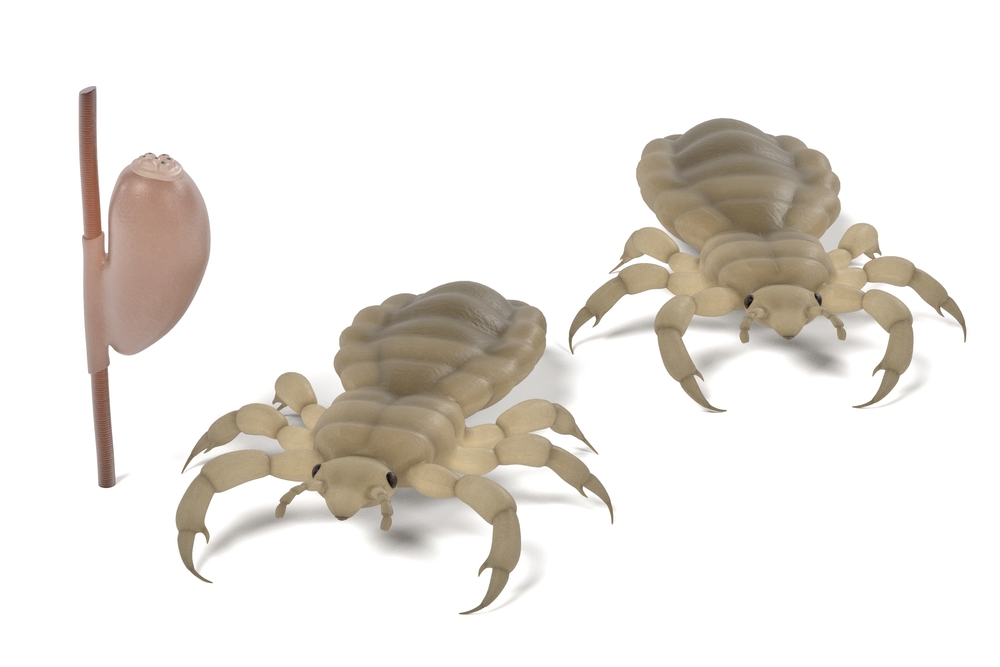Ever wonder what life is actually like for a louse?
Lice live only 30 days from the nit stage to adulthood. Though their lifespan may not be very long, they can certainly wreak havoc without any problem. Understanding the life cycle of head lice can help you in determining which treatment will be most effective.
Life Cycle of Lice:
Eggs – Male lice seek copulation with adult females. They begin reproducing within the first ten hours of reaching adulthood. Nits, or lice eggs, are very difficult to see with the naked eye. They are approximately 0.8 mm by 0.3 mm in size, oval in shape and yellowish white in color. They are often confused with dandruff or flakes from hair products. Eggs must be laid very close to the scalp in order for them to receive enough moisture and heat to survive. Once laid, a nit takes 7 to 9 days to hatch.
Nymphs – Once an egg hatches, a nymph emerges. The eggshell casing becomes darker in color and will continue to stick to the hair strand. In fact, these empty eggs can take 6 months or longer to disintegrate. If you find this casing ¼ of an inch from the scalp it is a clear indication that you have a head lice problem. The infant stage of a louse only lasts about a week. They will molt three separate times as their body grows to an adult louse.
Adult Louse – Once fully grown, a louse will measure about 2.5–3 mm long. Generally about the size of a sesame seed. They are dark brown or yellowish gray in color, often interestingly enough, depending on the hair color of their host. This is because their bodies are actually more transparent in color. As they drink blood, they also turn more reddish in color. They do not have wings and crawl about to feed on the scalp. They crawl by using claws that are attached to each of their 6 legs. Adult lice must feed multiple times per day on human blood to stay alive. If they fall off of a host and do not have blood supply for more than 1-2 days they will die. A female louse is actually a little larger than the males. Lice live only 30 days from nit stage to adulthood.
Did You Know?
- Several factors play a role in who catches head lice. The CDC indicates that children between the ages of 3 to 11 are most likely to become infested with head lice.
- It is estimated that between 6 and 12 million young children will catch a case of head lice in the United States each year.
- The more children living within a family the more likely they are to spread it within a household. Children who share beds or closets are also more prone to head lice.
- Little girls are four times as likely to become infested with head lice because they wear their hair long and often free-flowing.
- African American children have the lowest risk of catching lice as their hair is not as easily grasped by the claw of a louse due to its shape and width.

